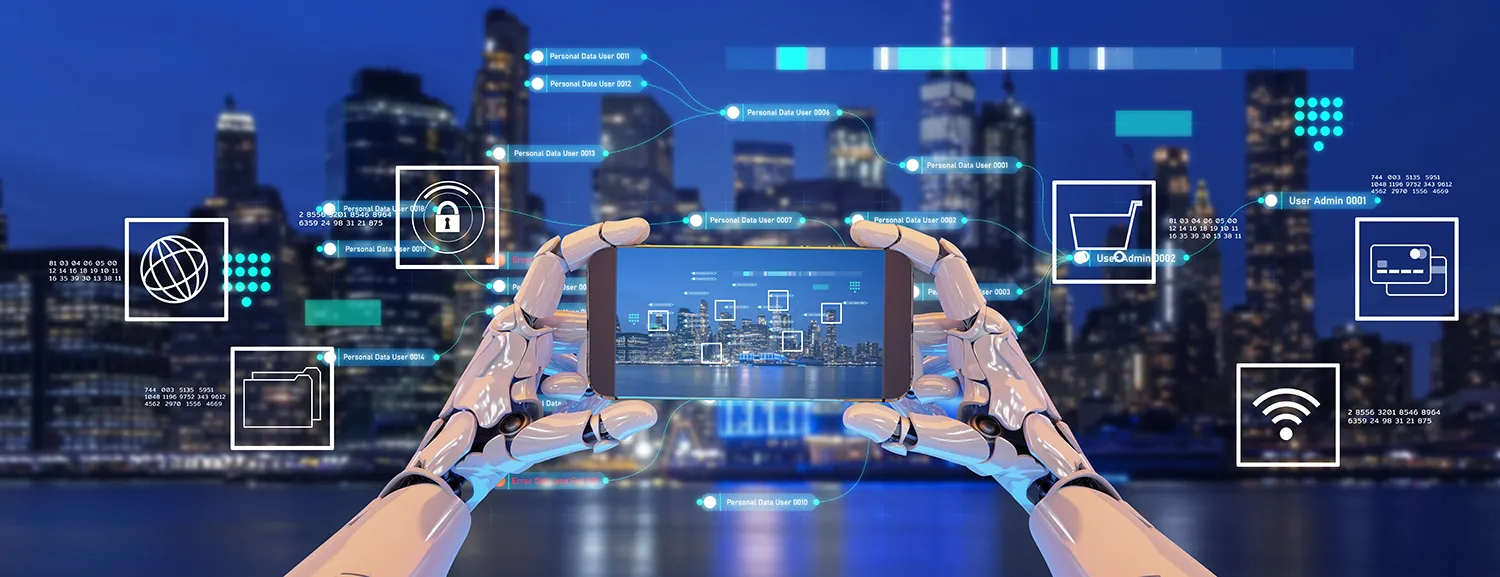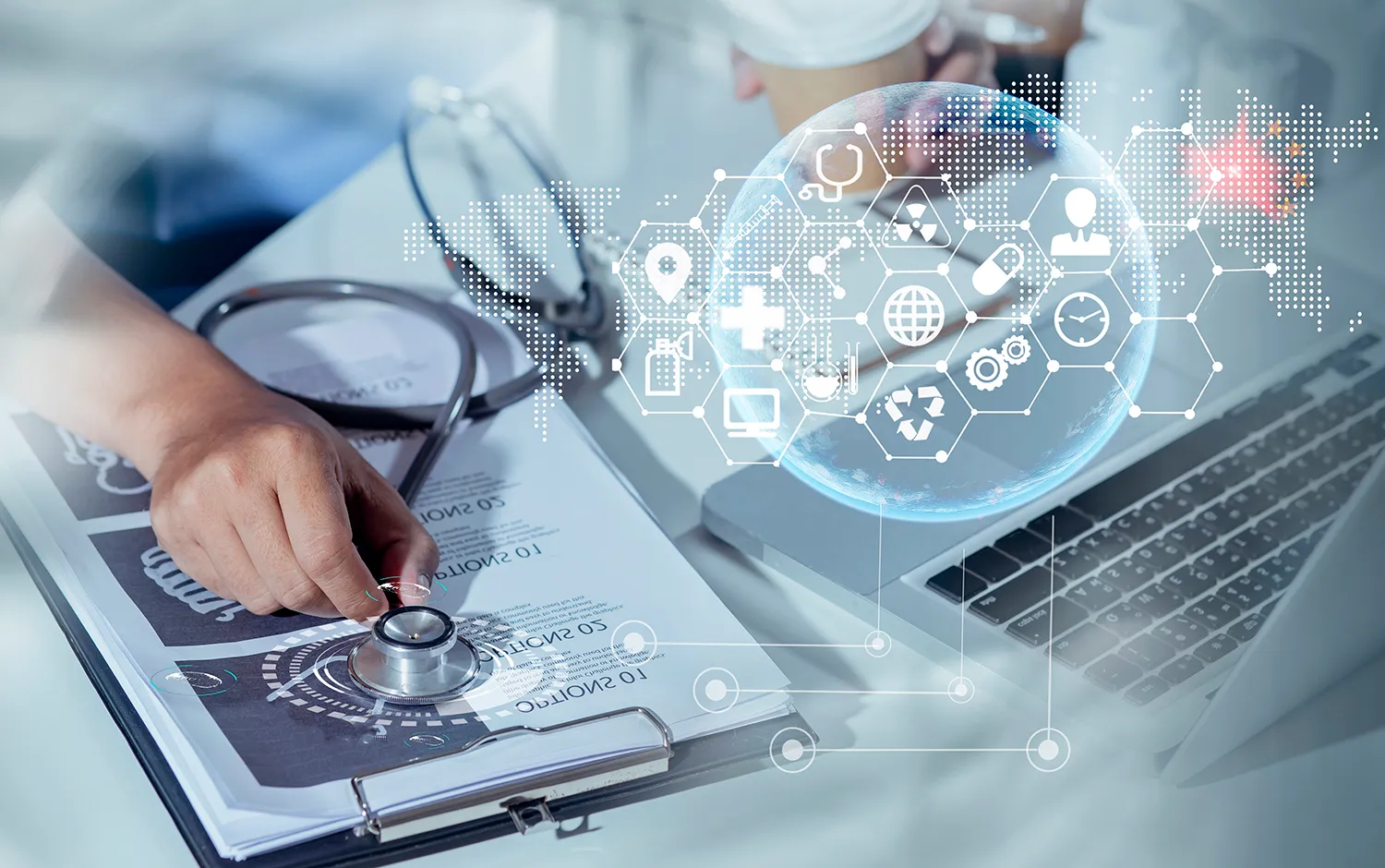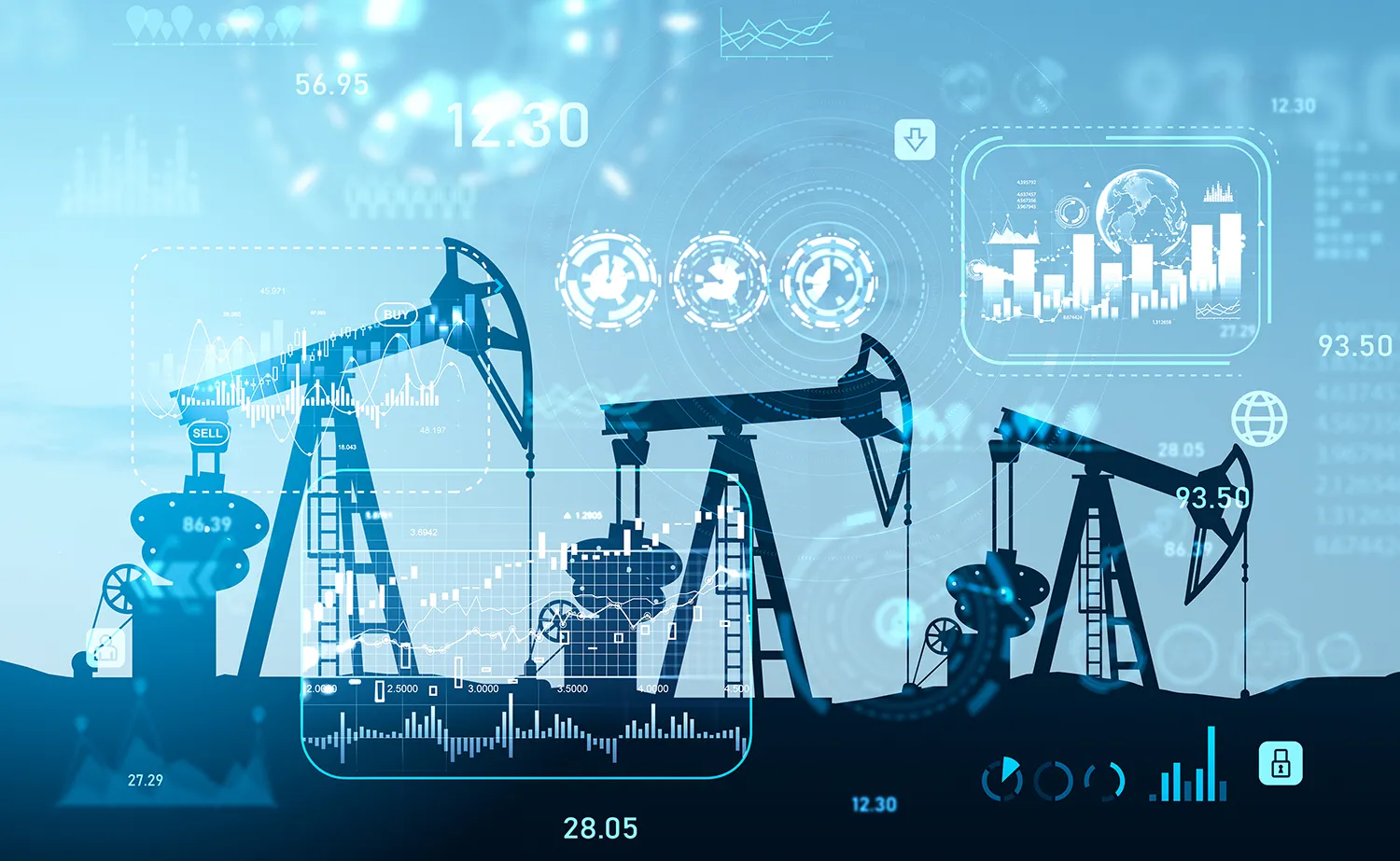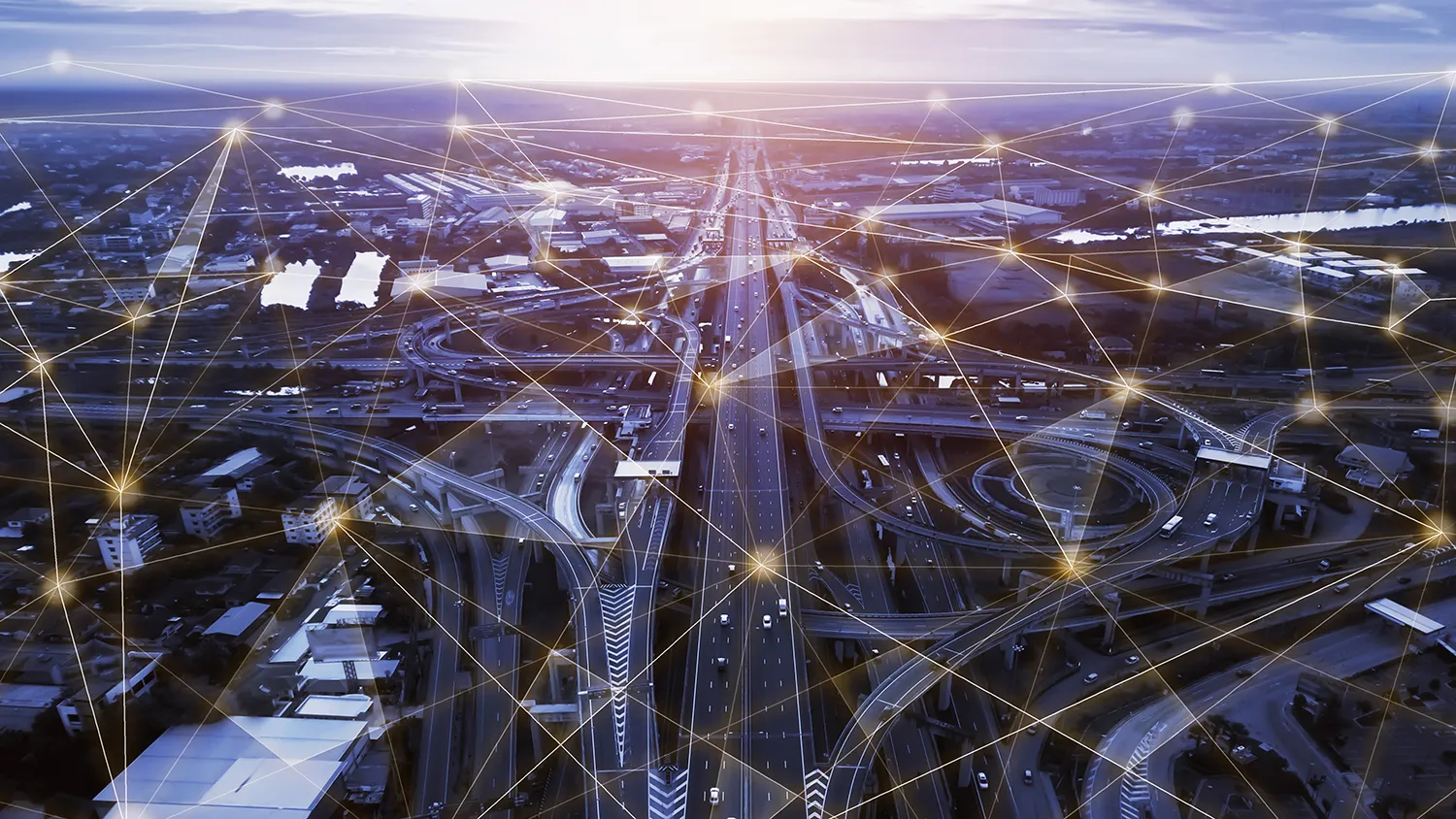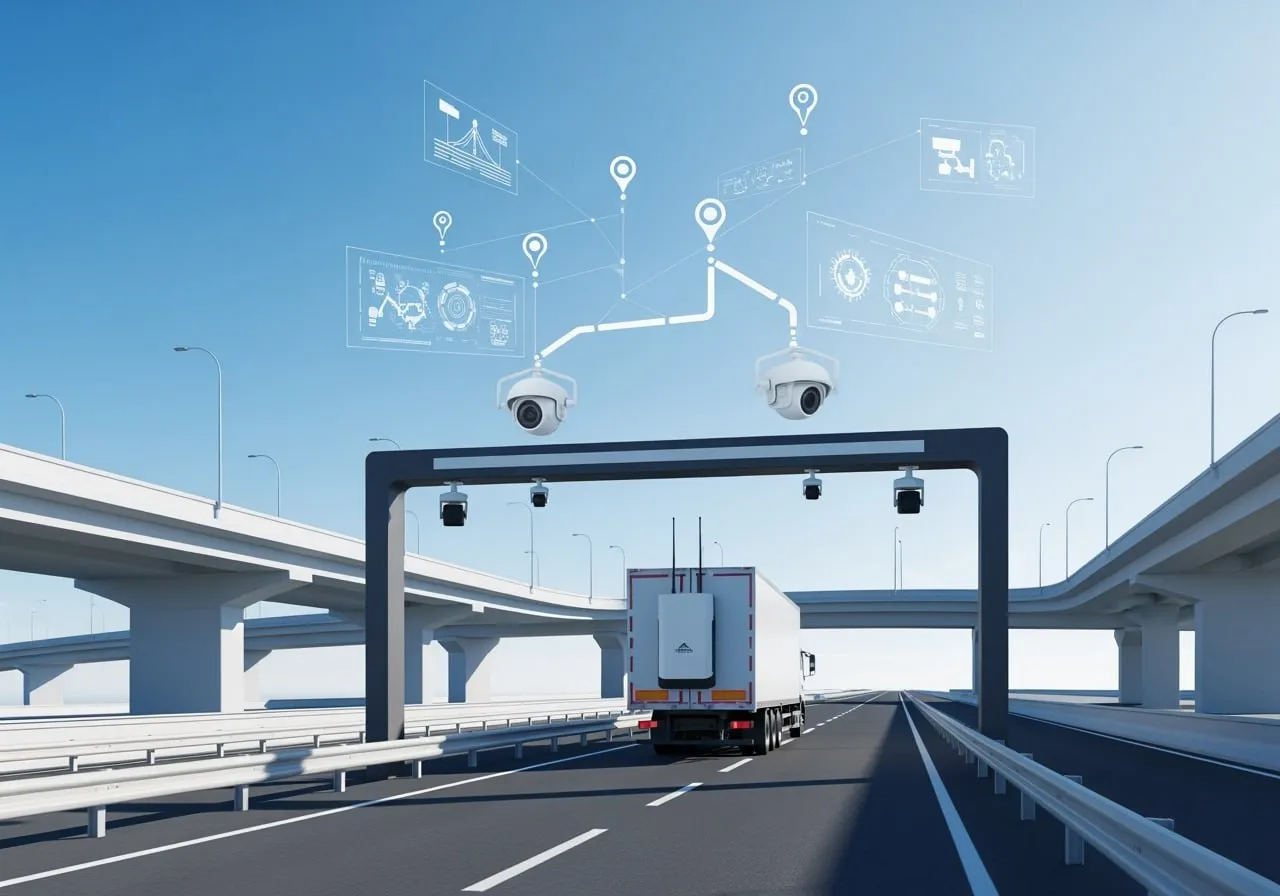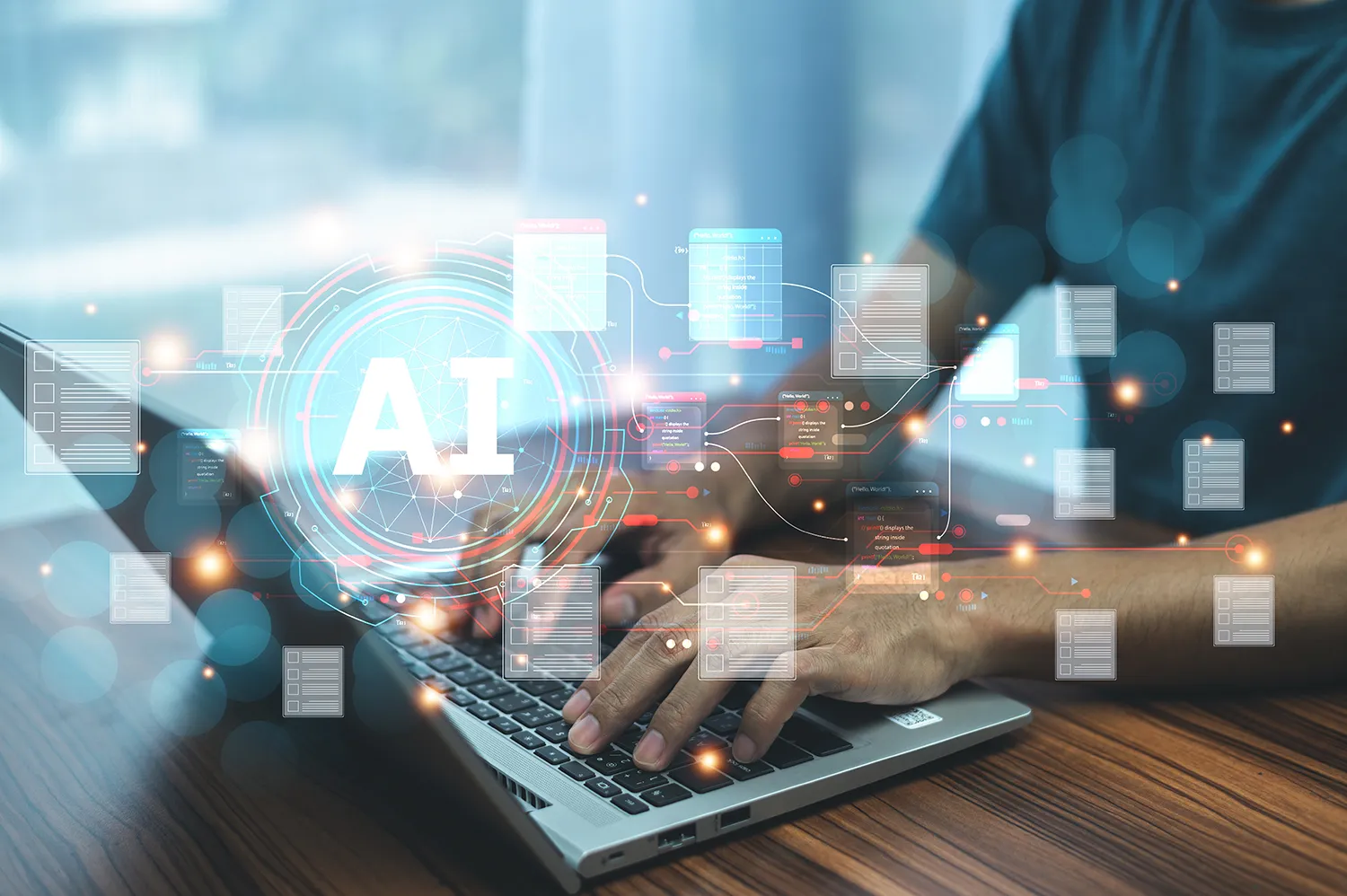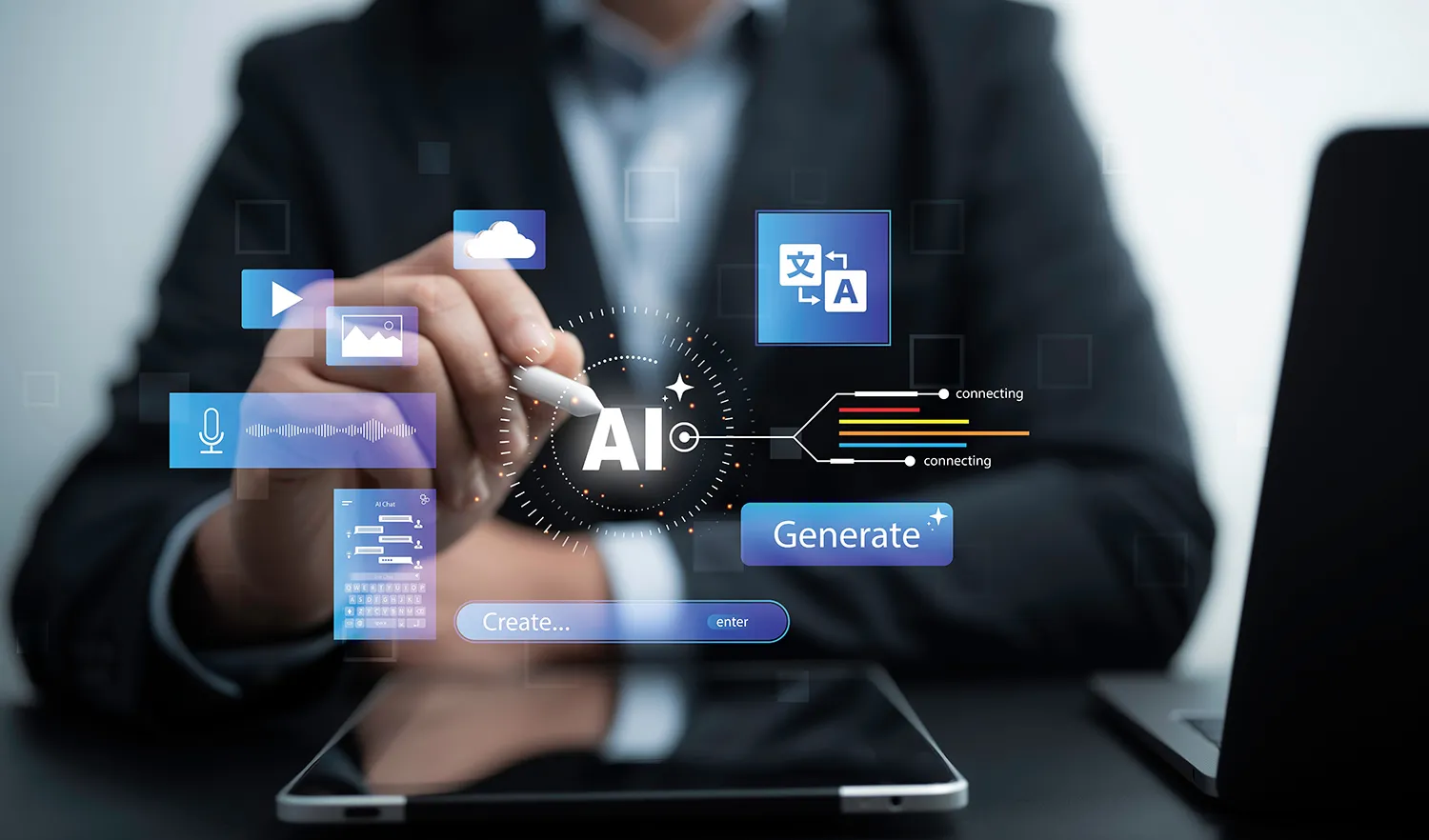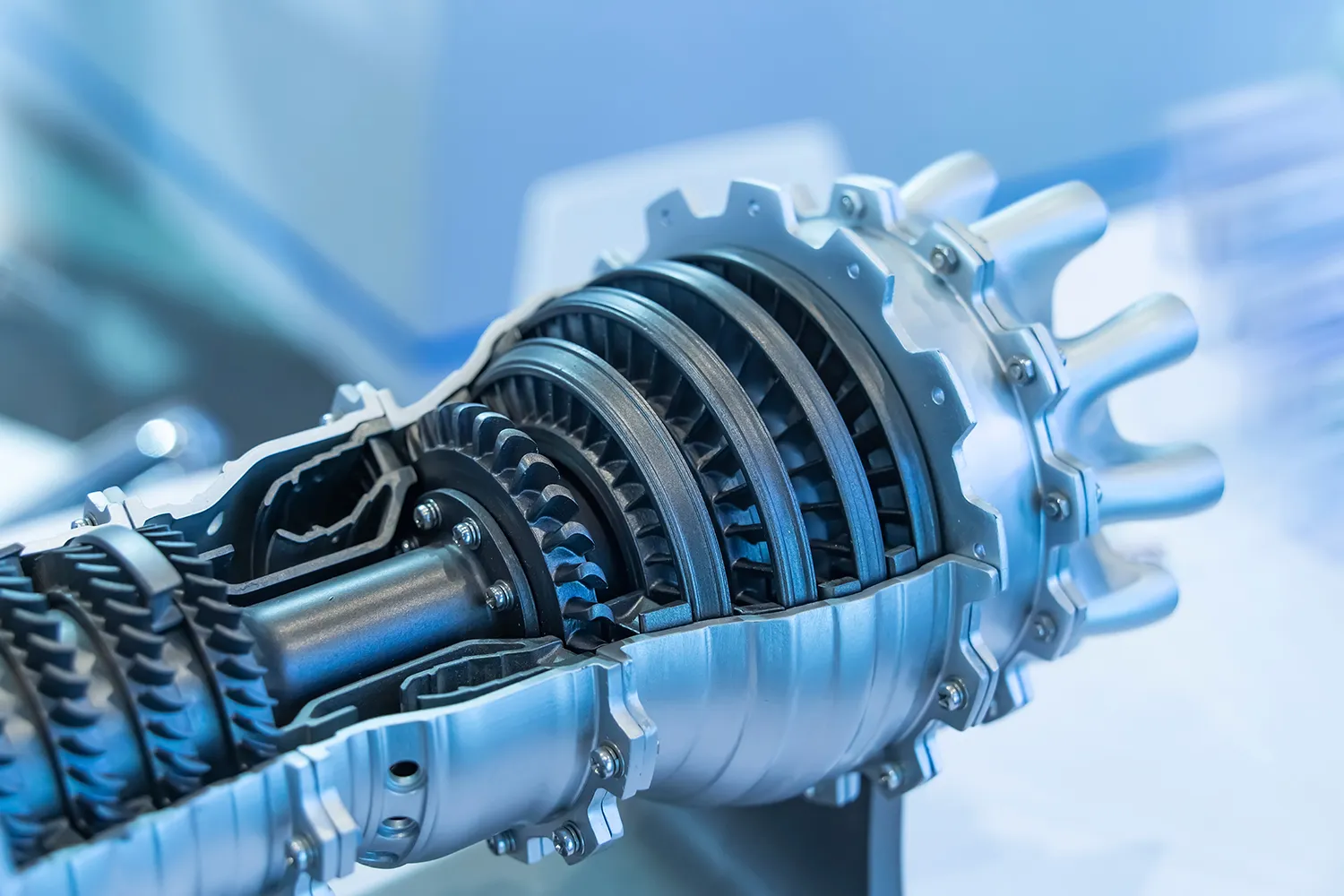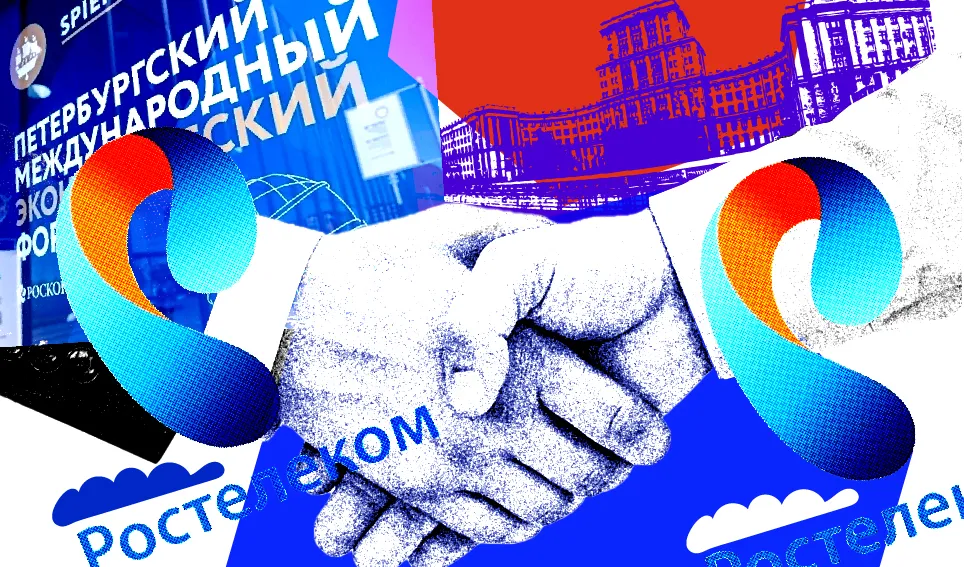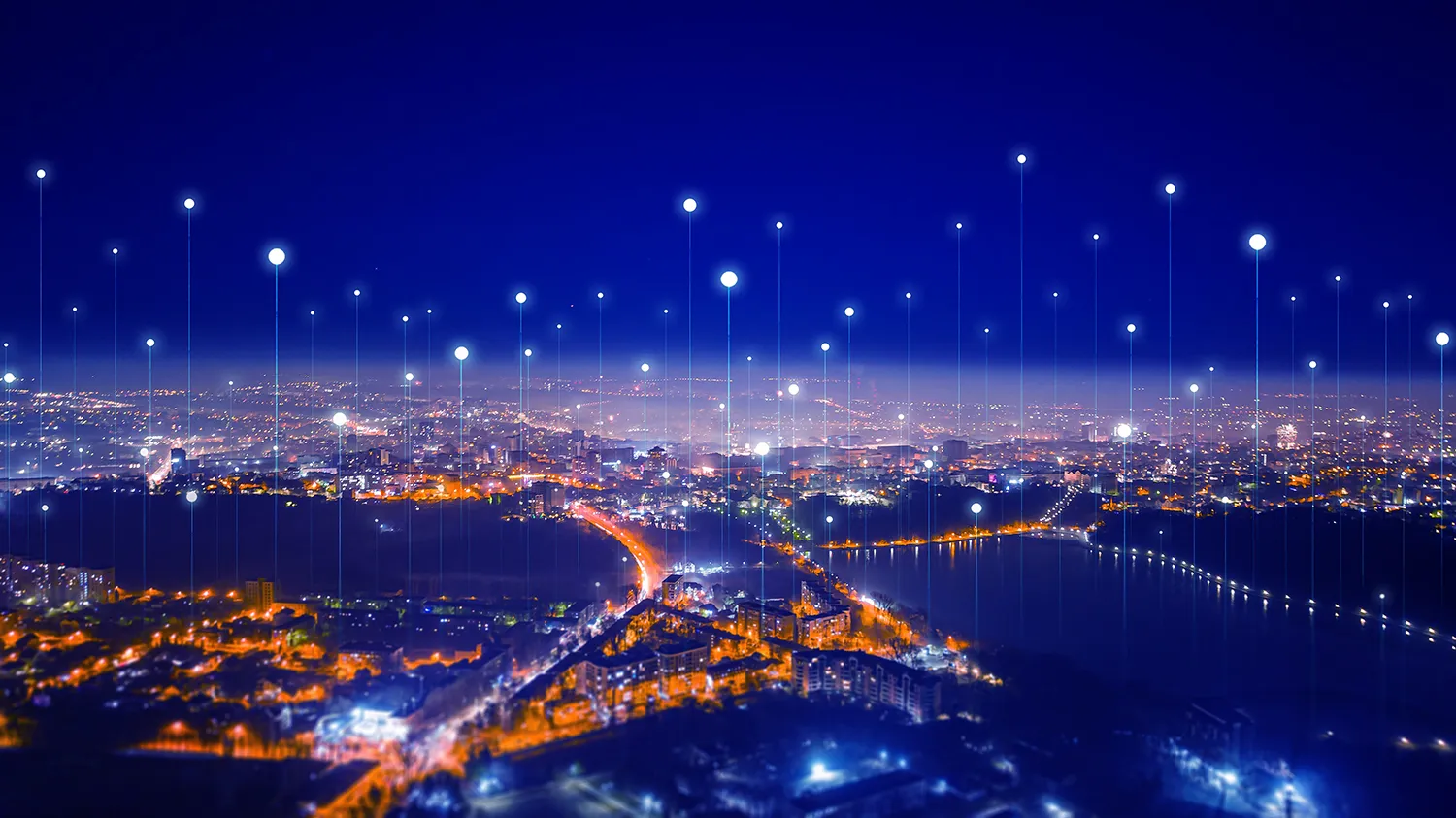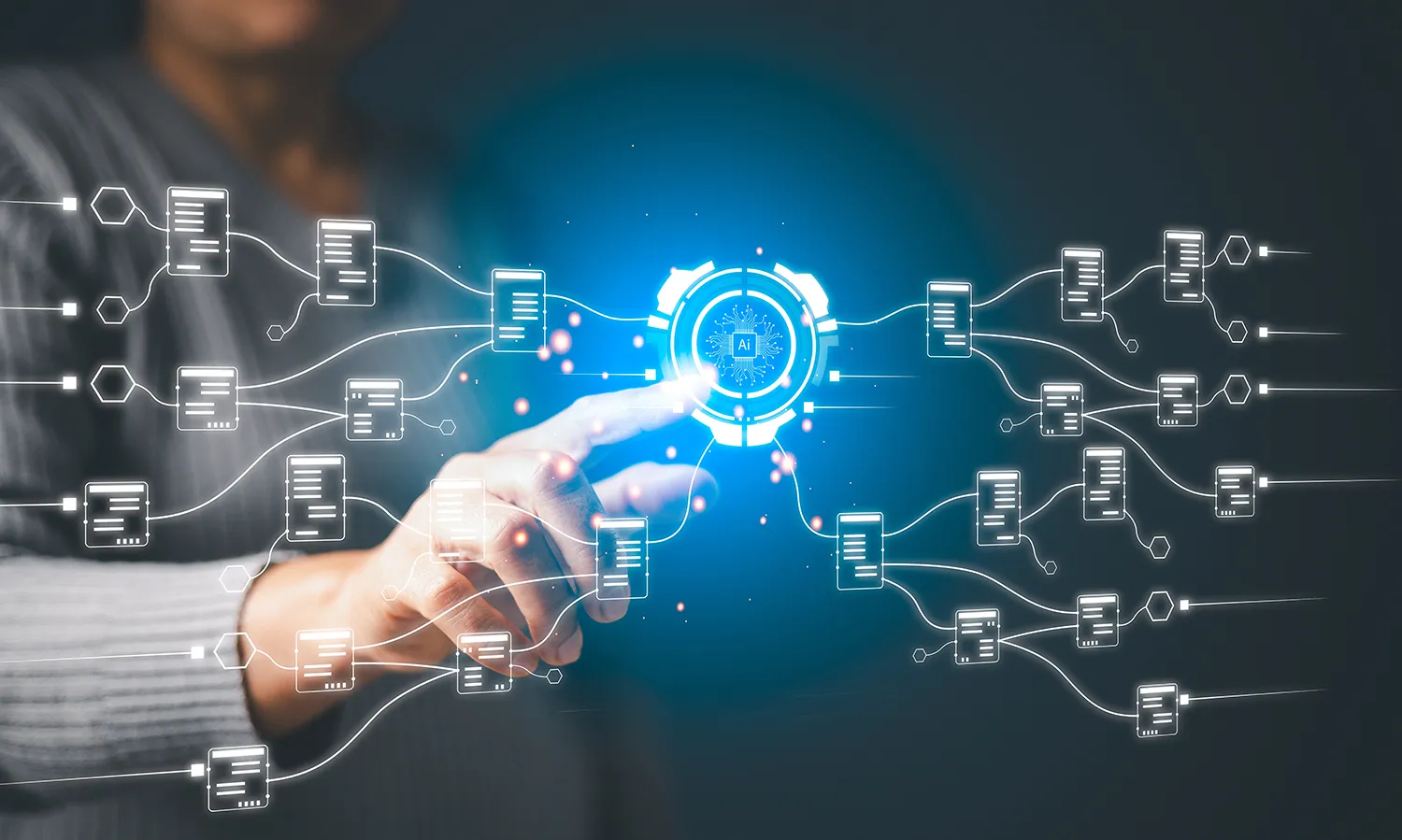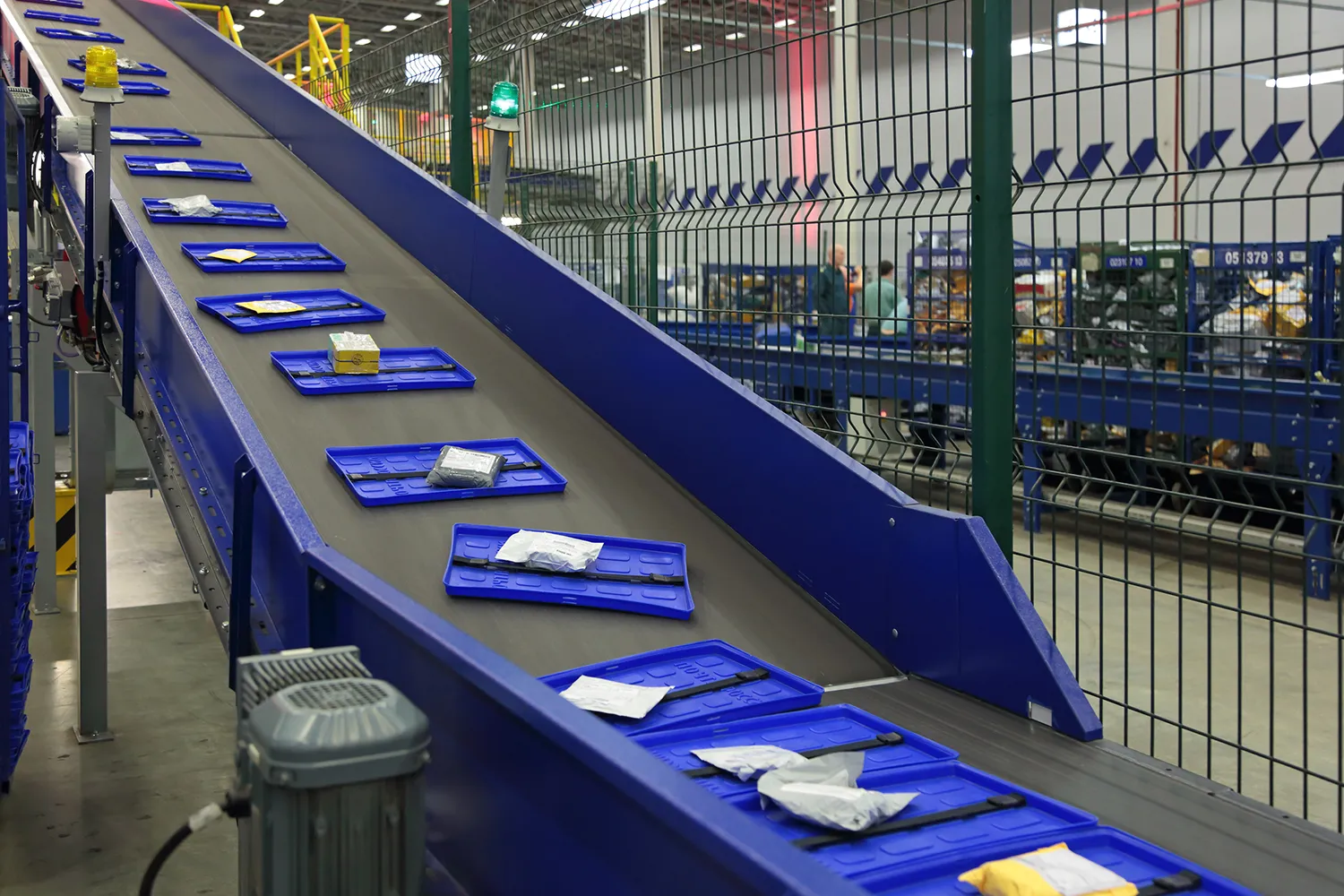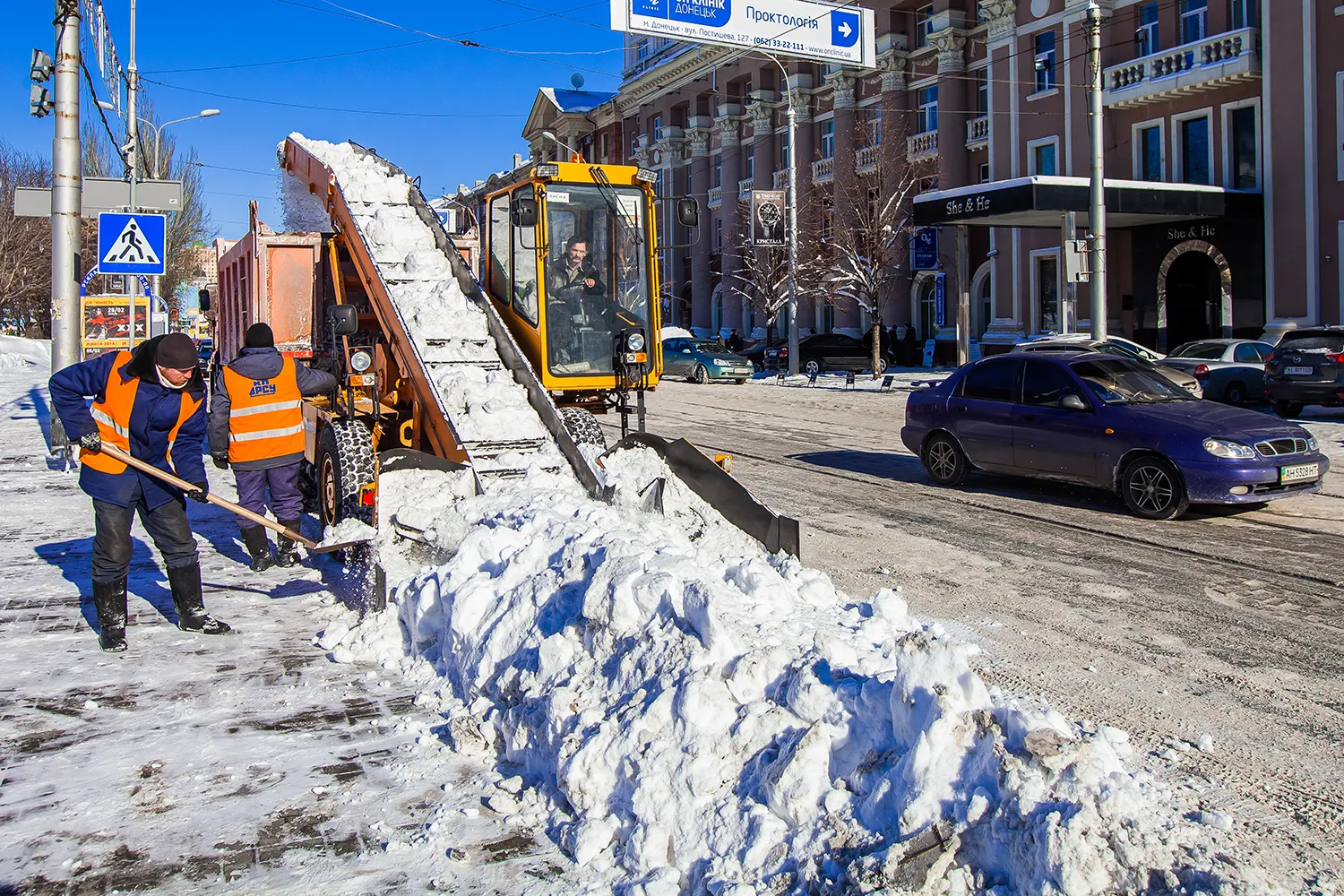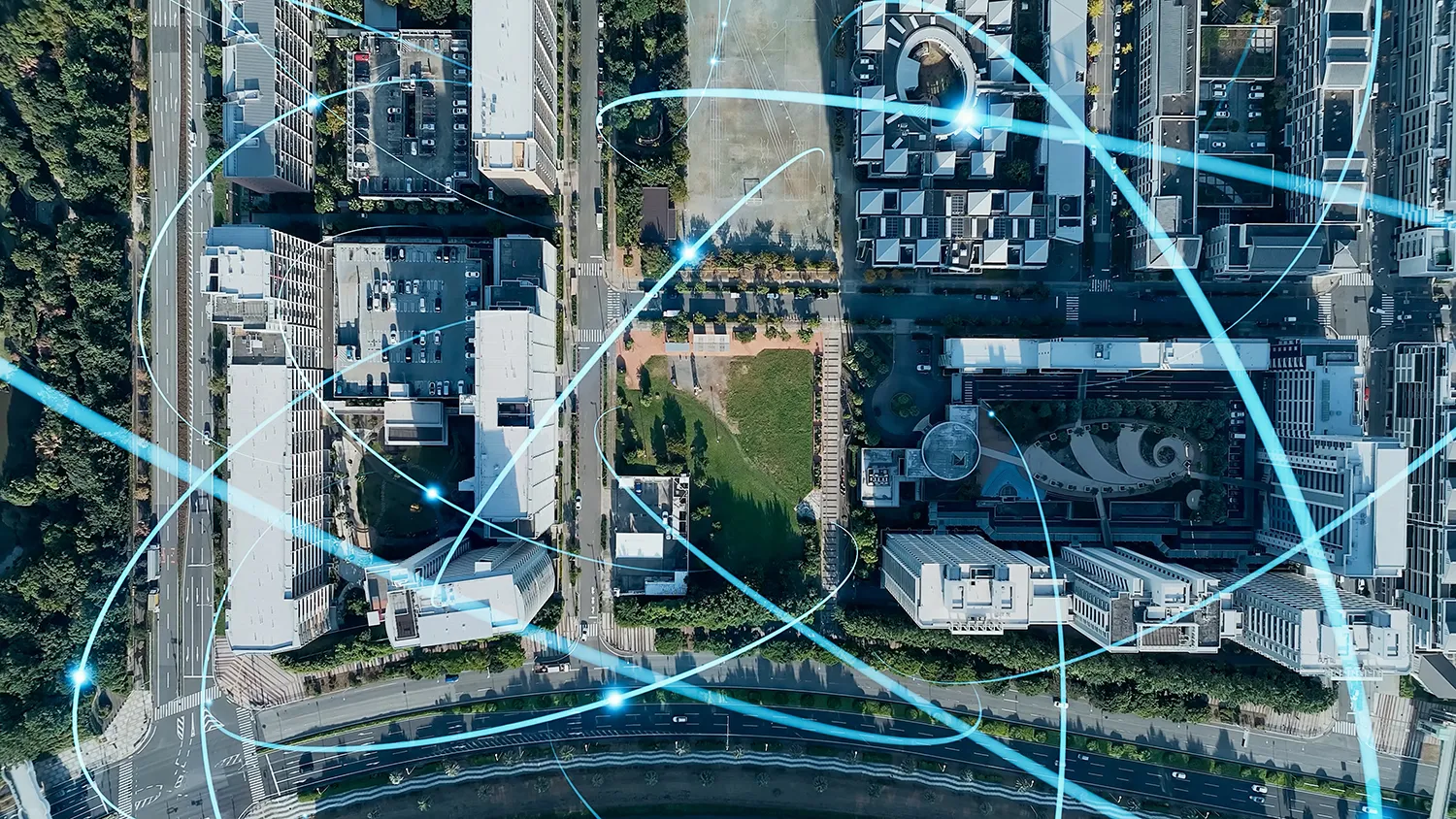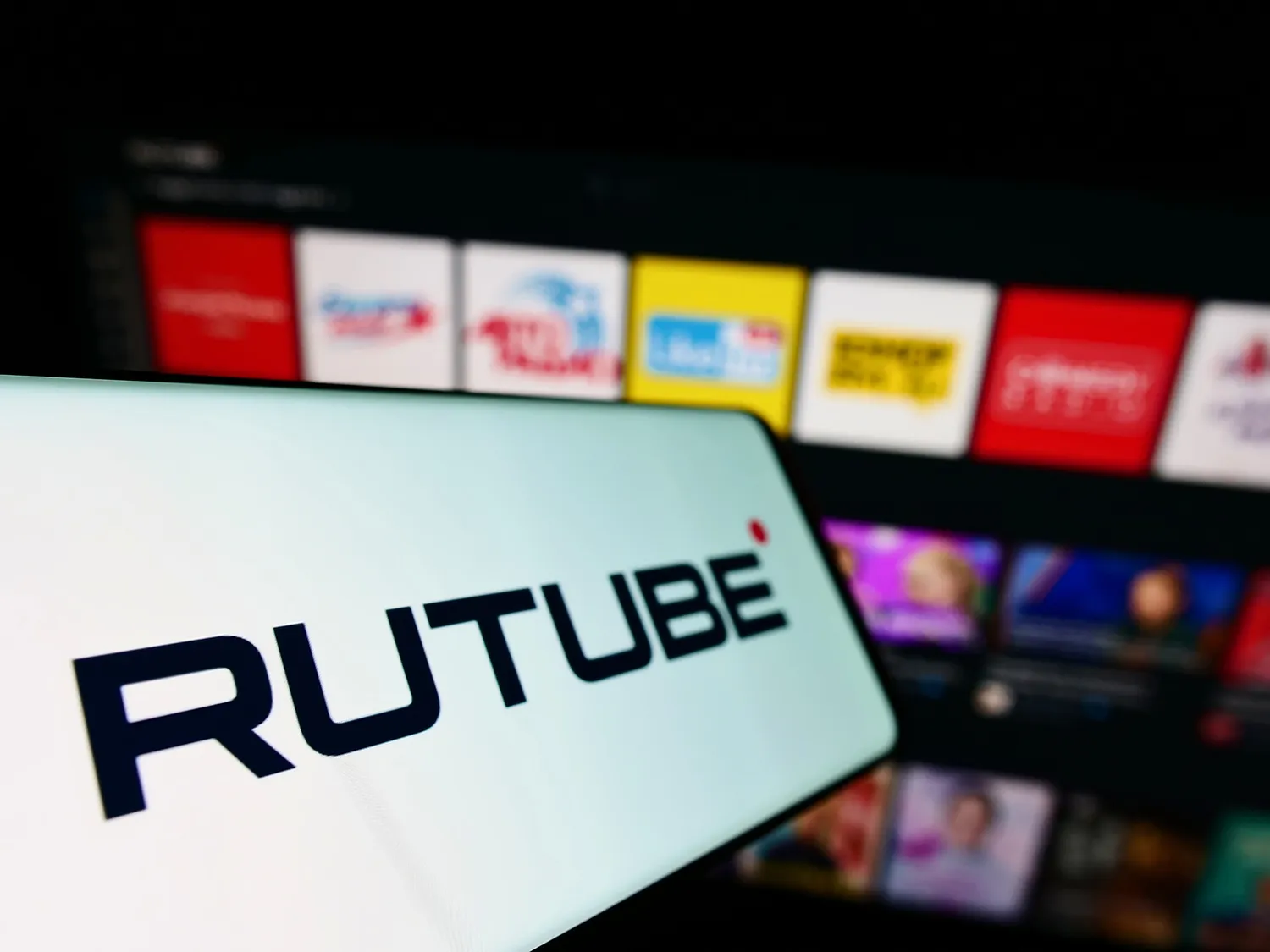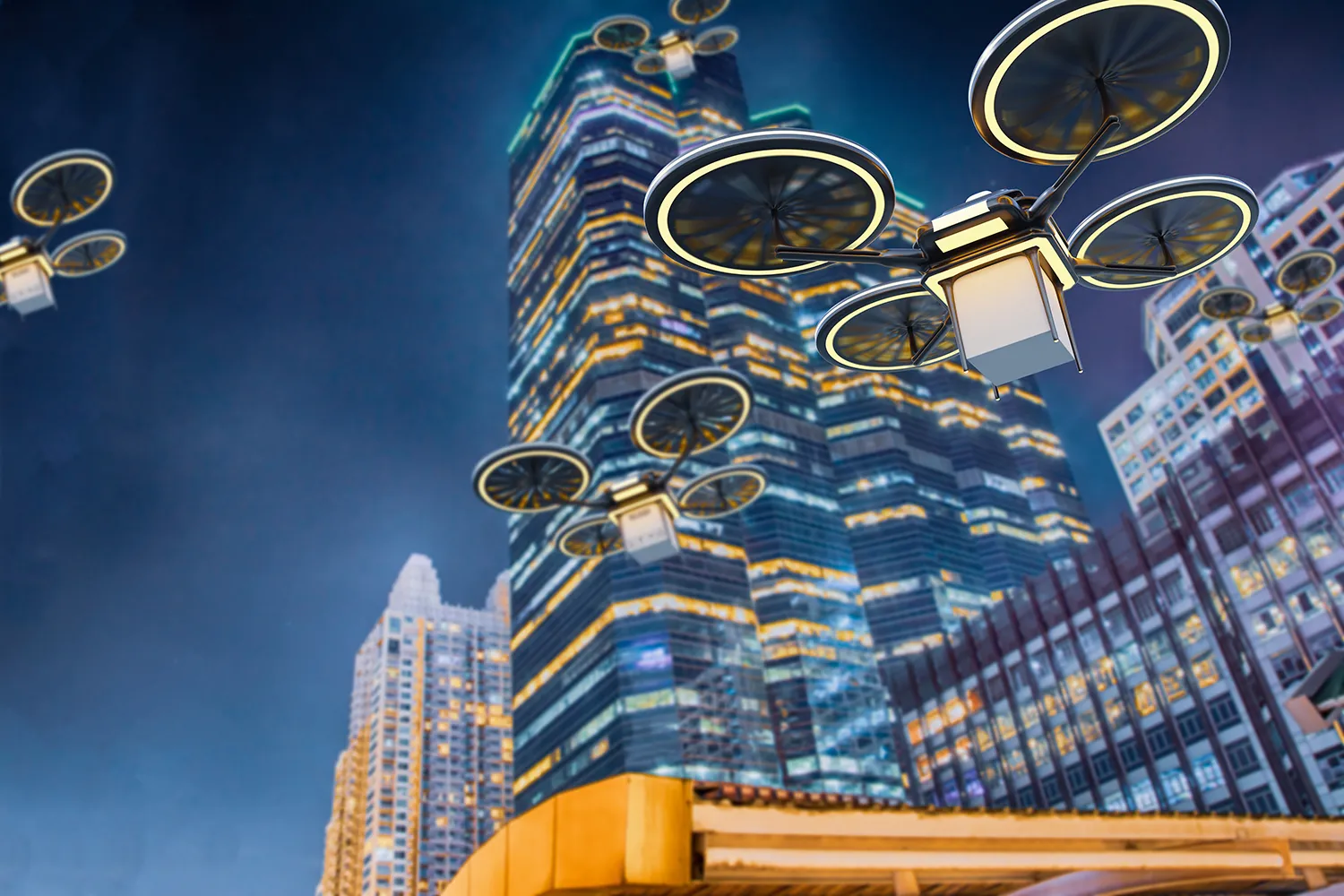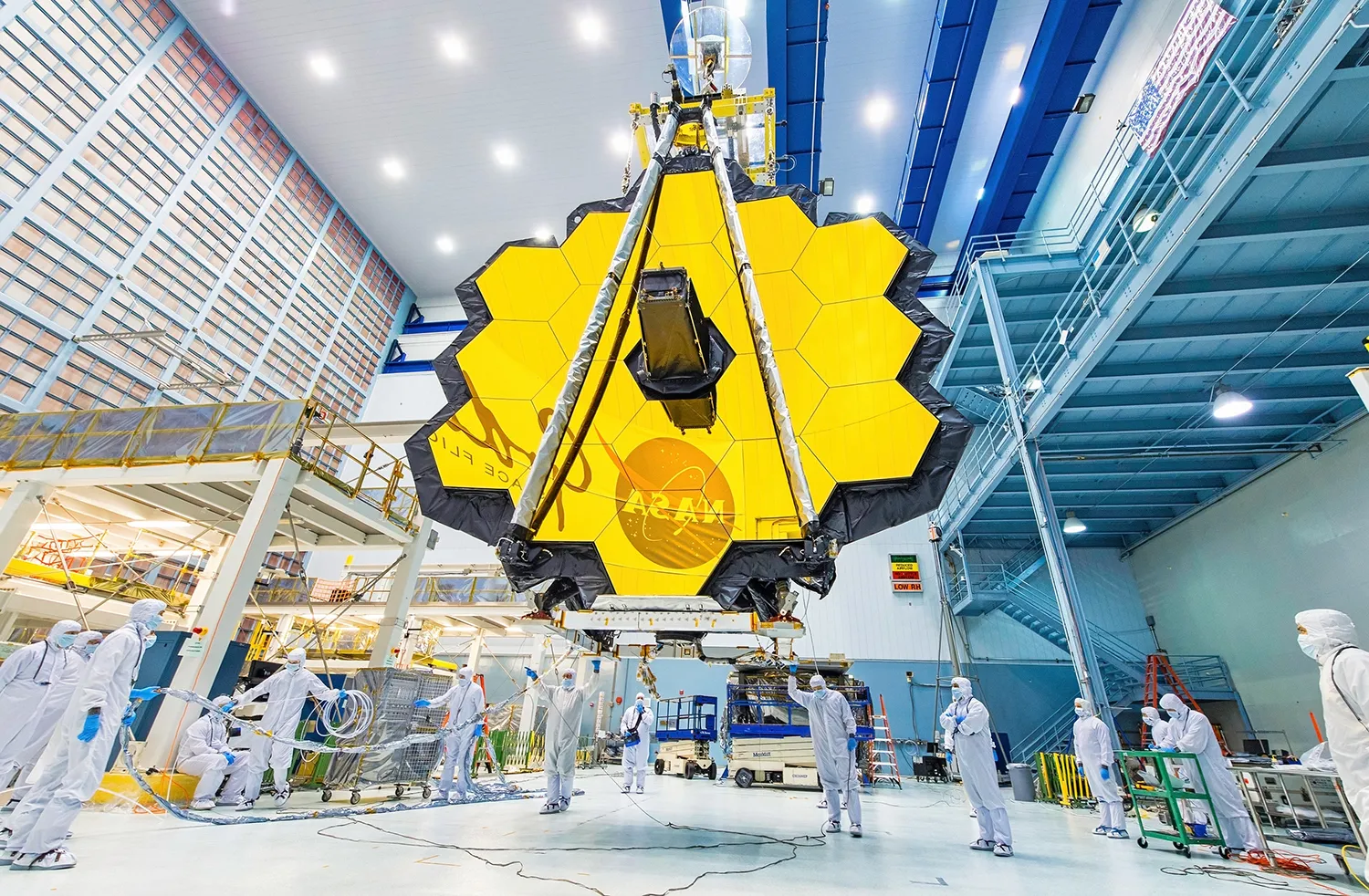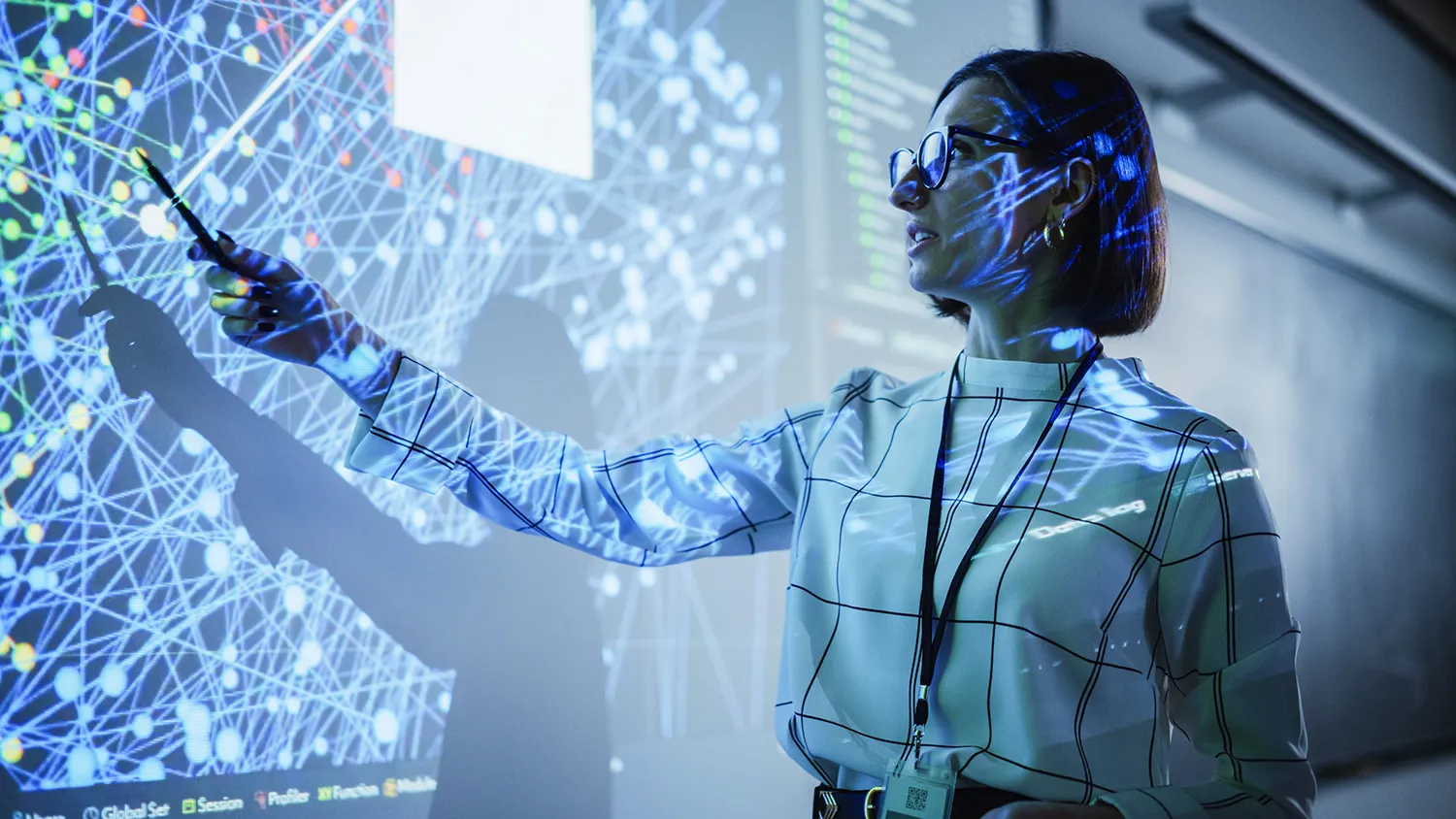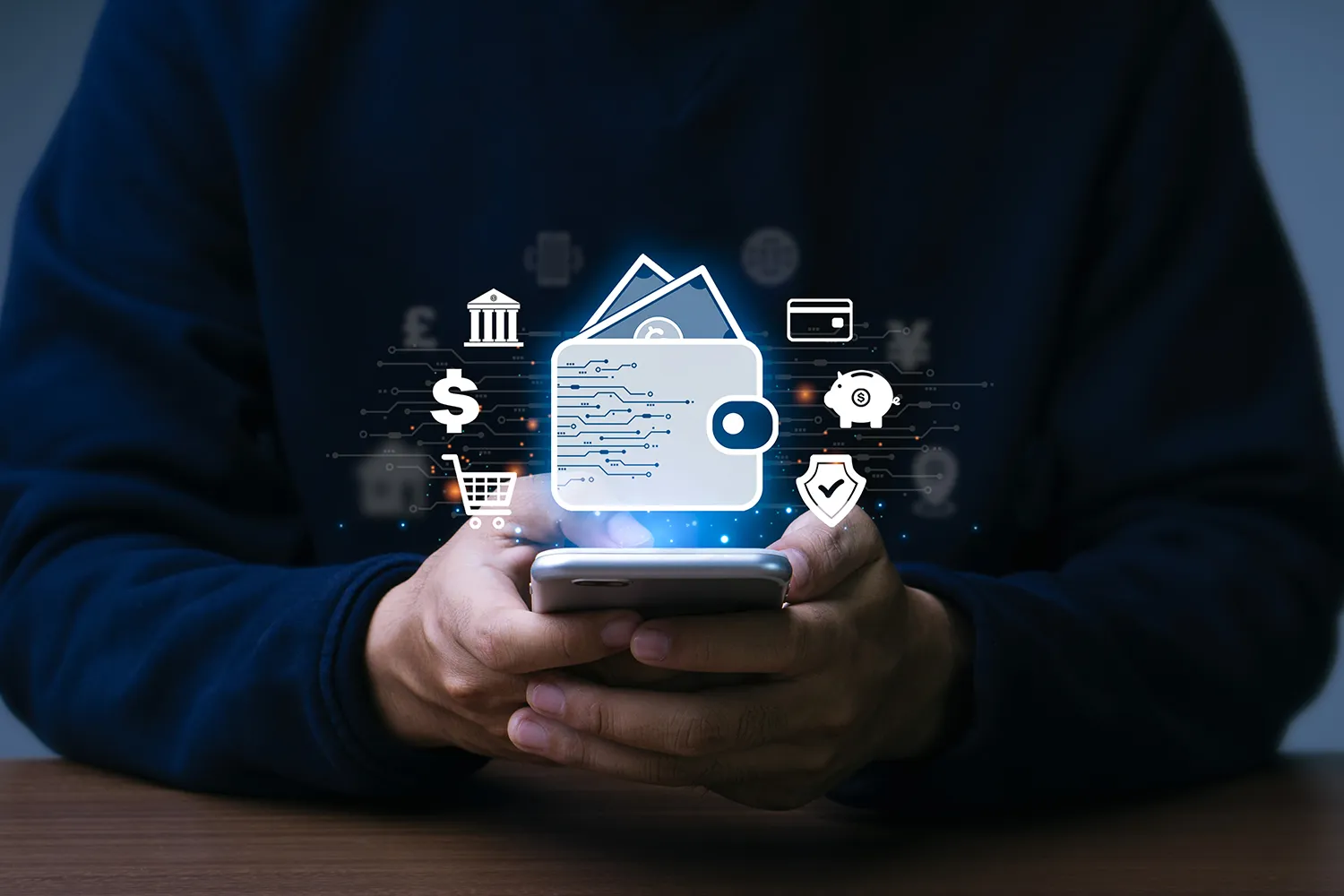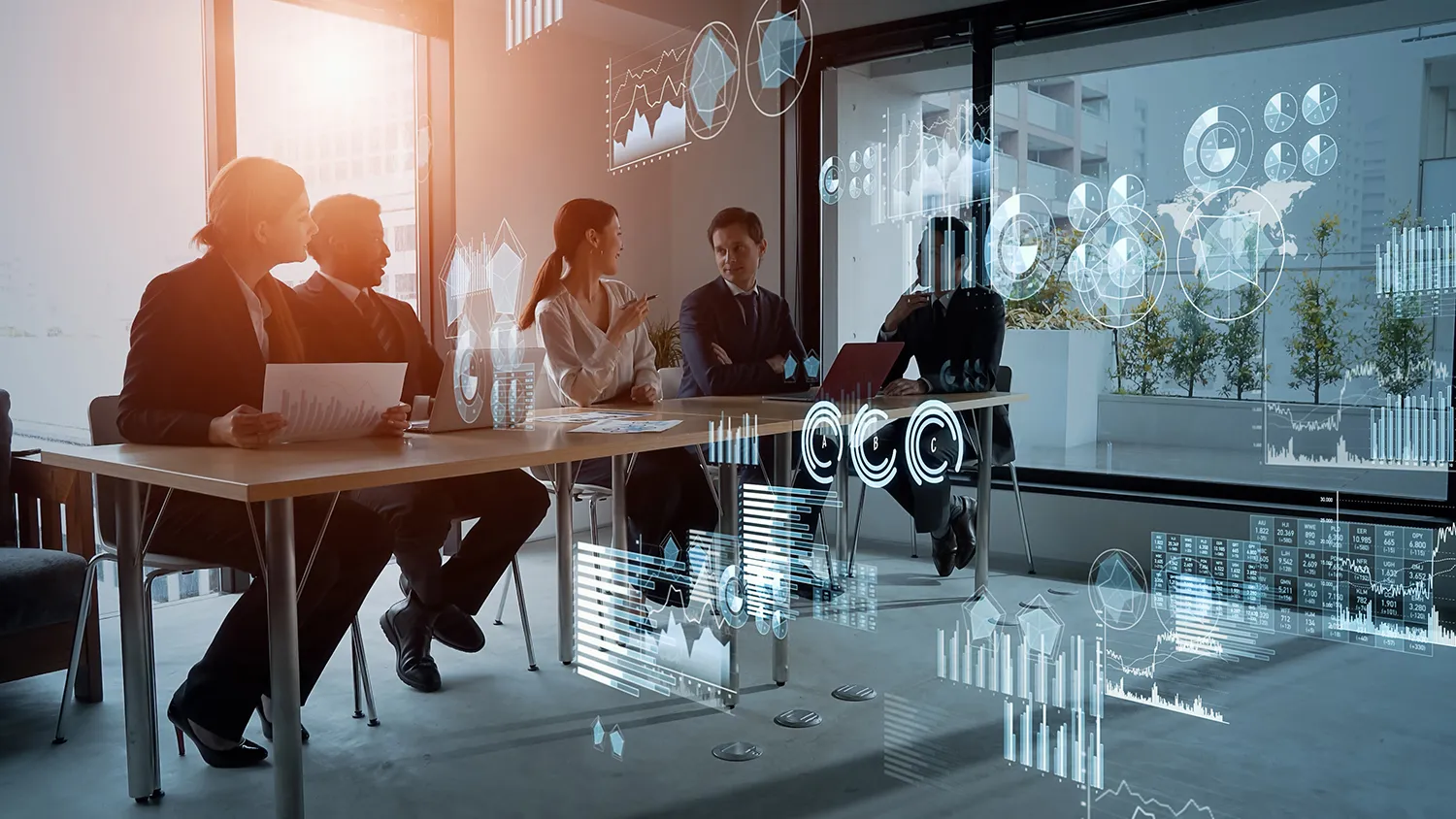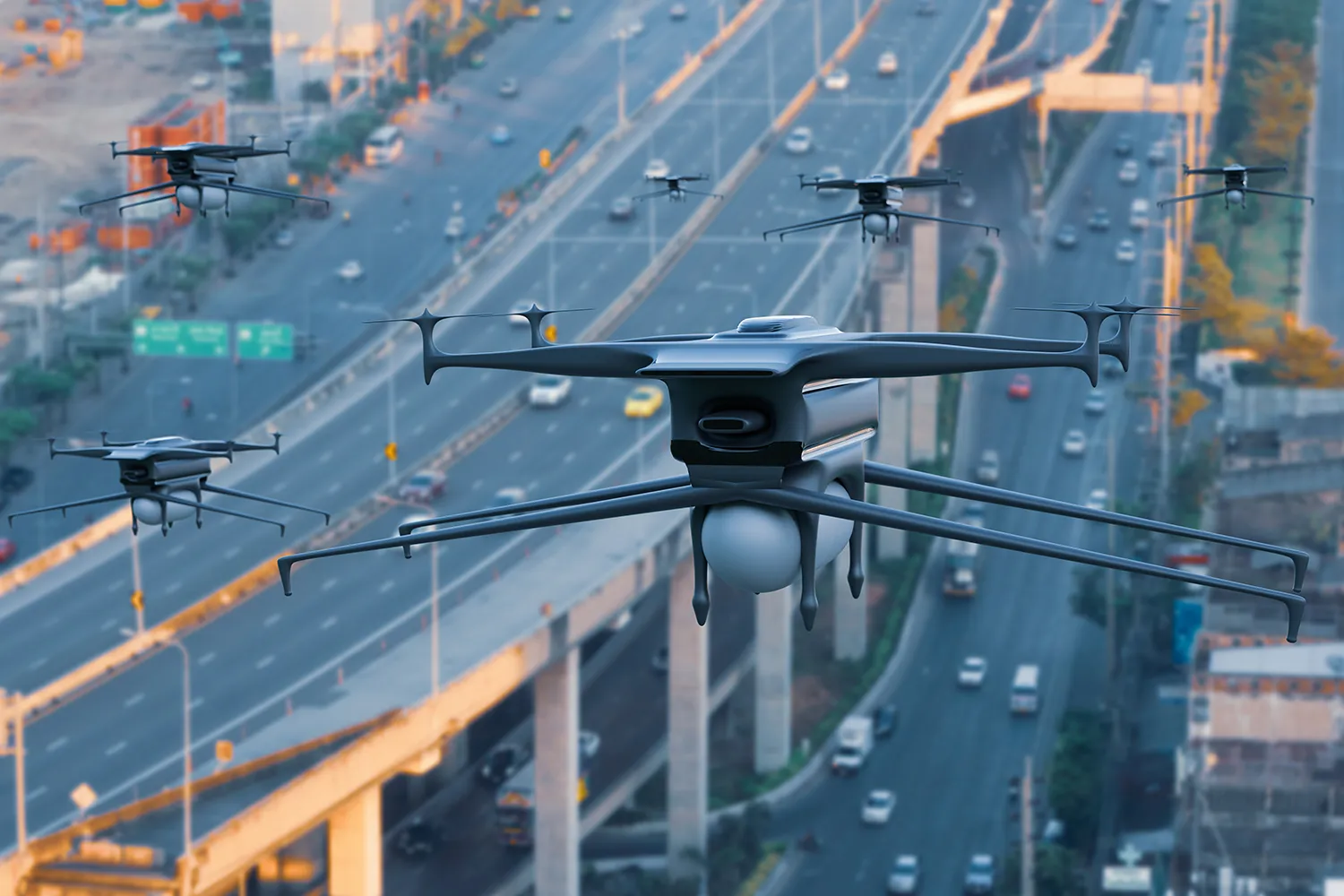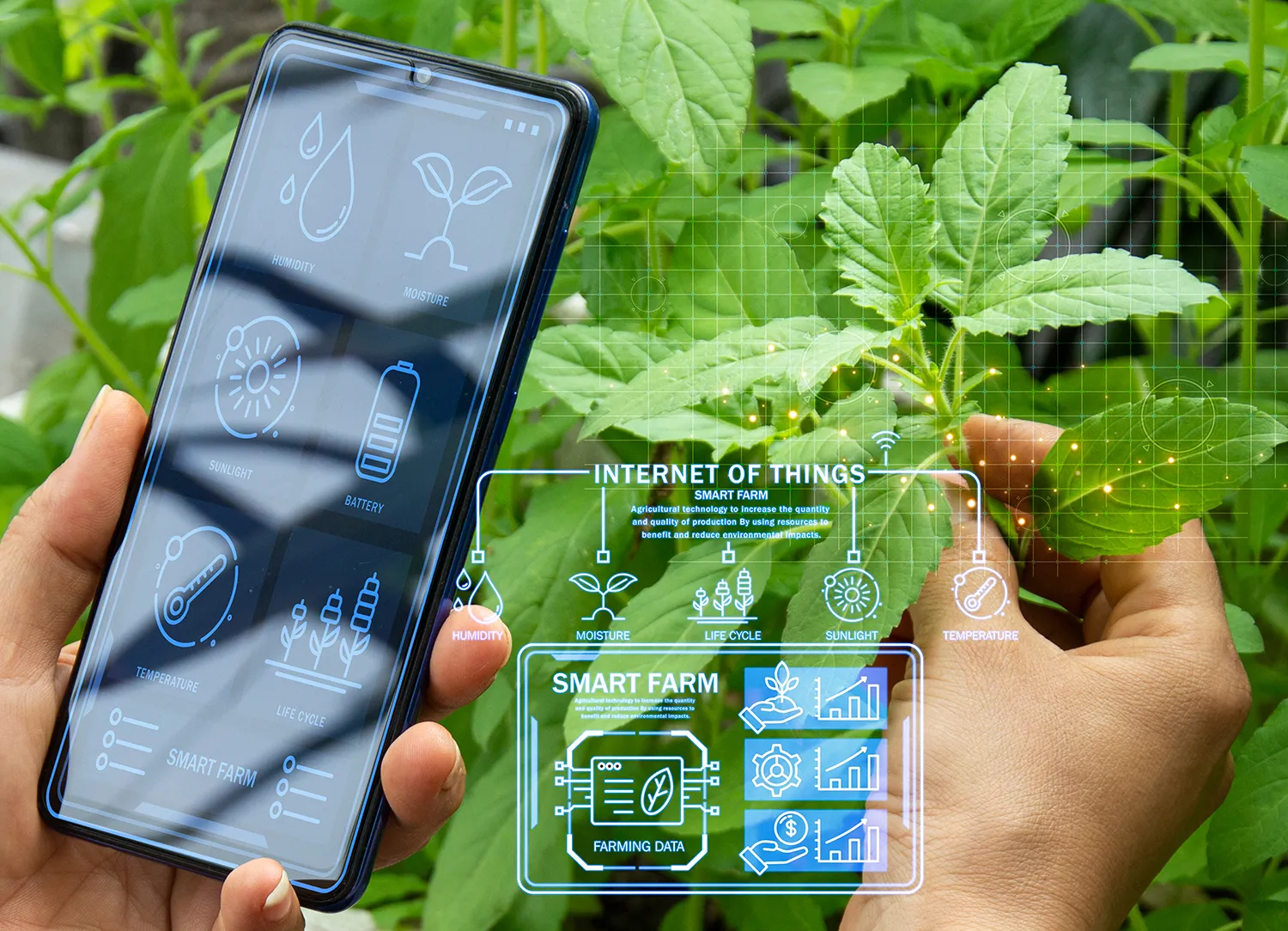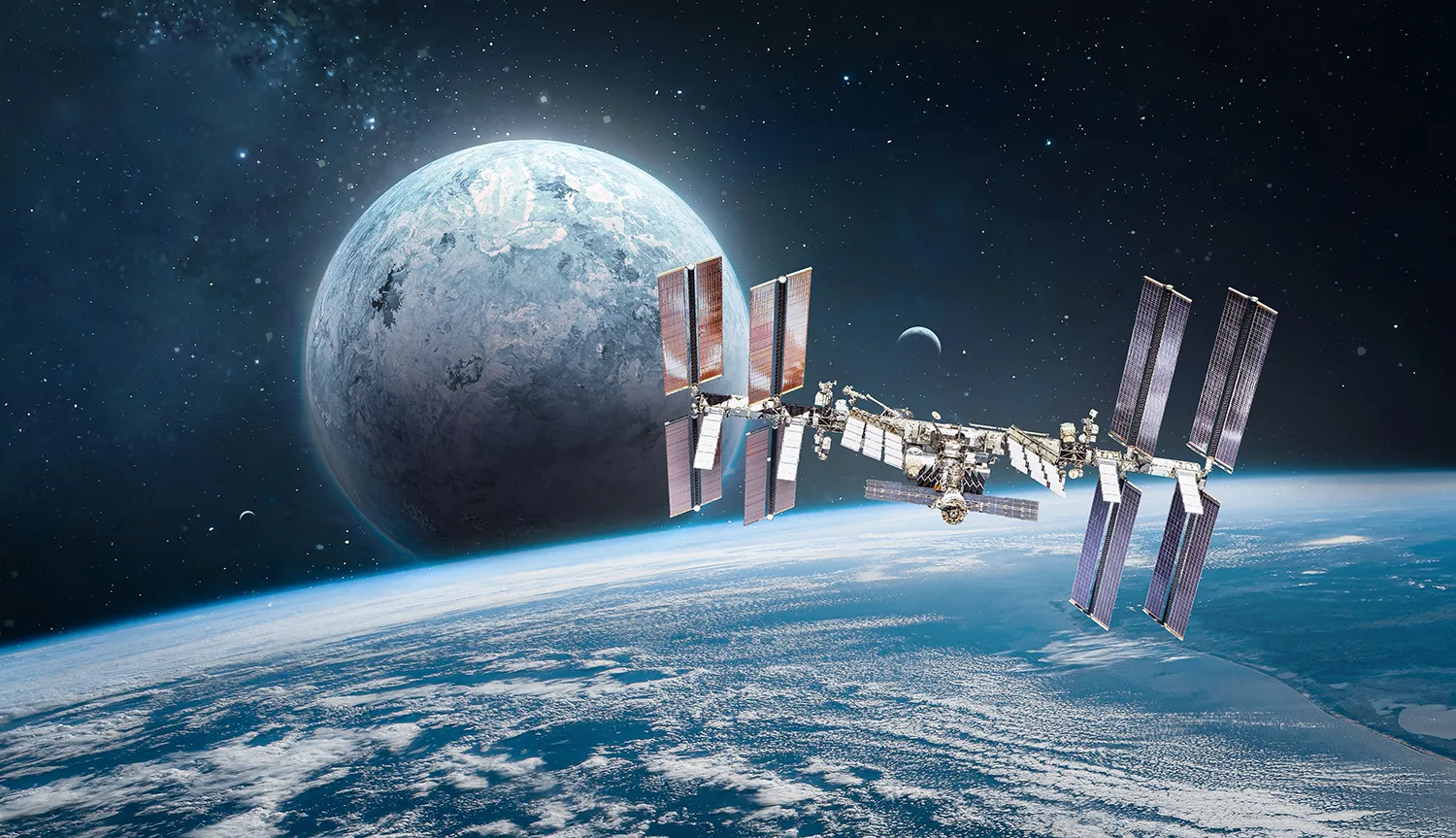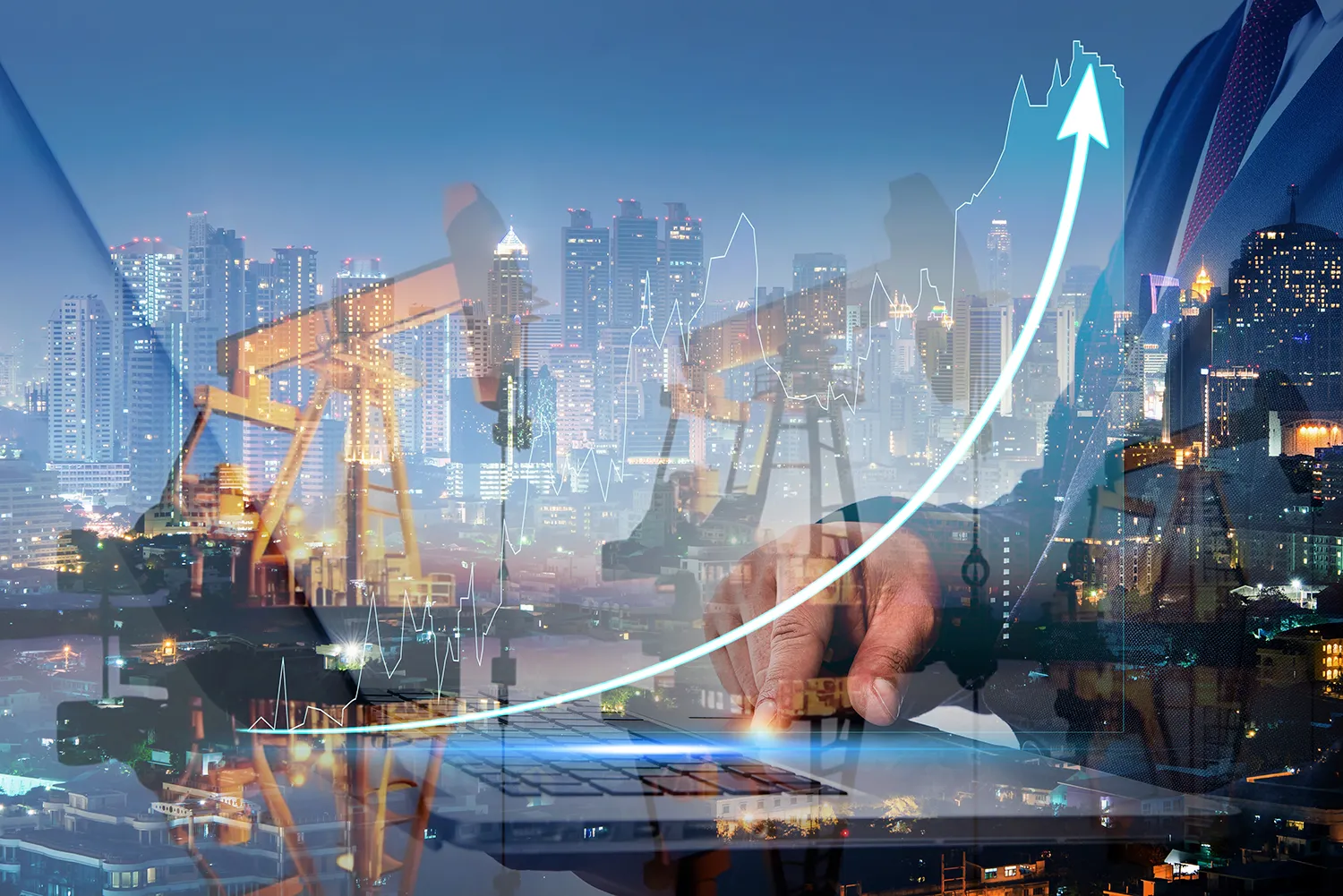Smart Water Meters: How Digitalization is Saving Utilities from Failures and Overpayments
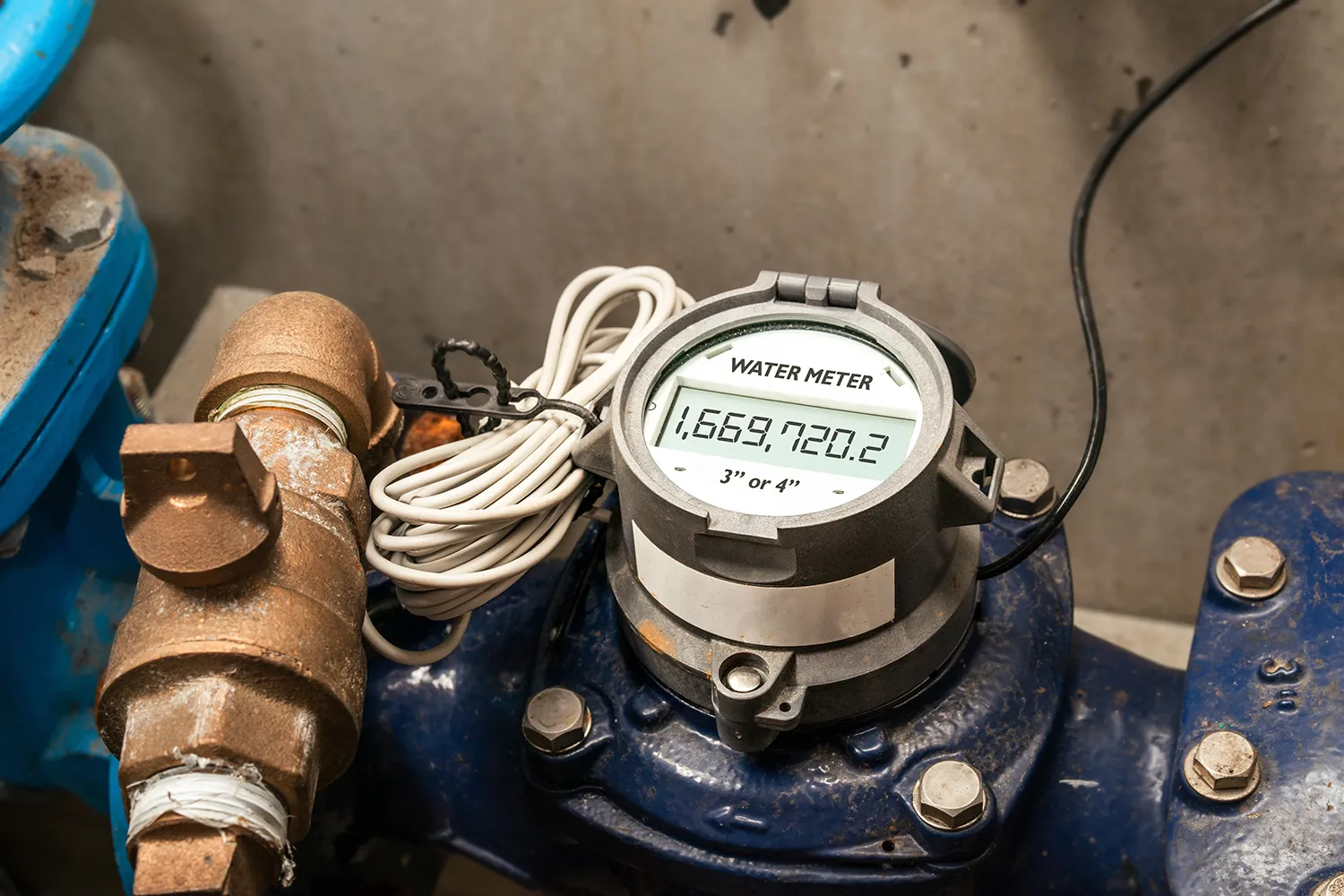
Smart water meters are doing more than just sending readings — they’re helping prevent floods, curb utility fraud, and support a more efficient urban future.
The Scale of the Initiative
Sergey Putin, Chief Information Officer at Rosvodokanal Group, has laid out a comprehensive case for the widescale adoption of smart water meters in Russia’s housing sector. These meters do more than automate billing; they detect anomalies — like an open tap — and send real-time alerts to a user’s smartphone, helping to prevent flooding before it starts. By eliminating manual reading and data entry, these meters streamline the accounting process and reduce billing errors. Full adoption across buildings can significantly lower the amount of water allocated to shared facilities by accurately attributing consumption to individual units. Kaliningrad’s pilot rollout already saw a 16% revenue increase for the local water utility, primarily from reducing unaccounted-for usage.
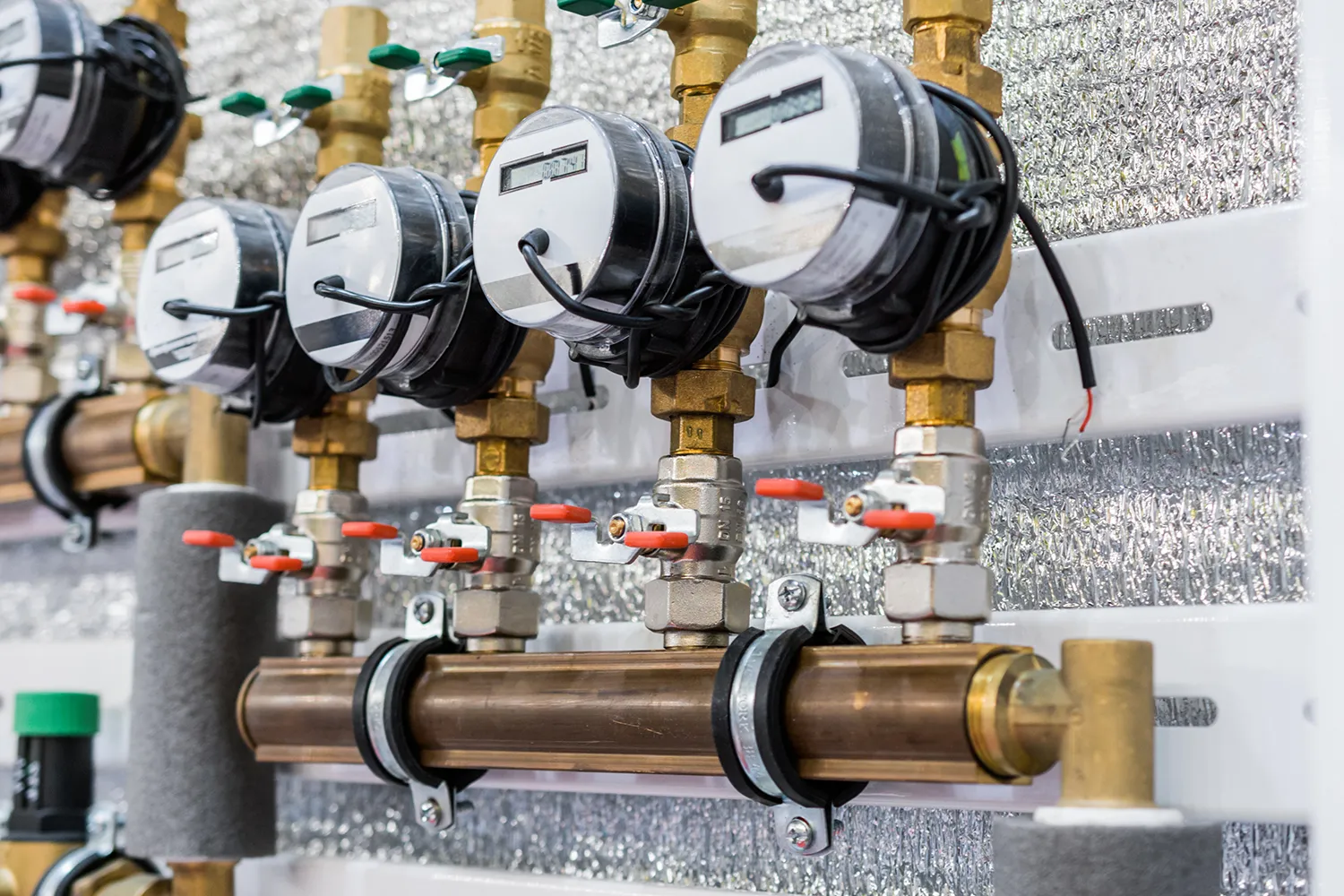
A Global Context
For Russian households, smart meters mean lower communal utility bills, protection against leaks, and real-time usage tracking via mobile apps. These meters can distinguish hot water consumption based on temperature, ensuring users only pay for water heated above 40°C. These technologies hold promise far beyond Russia. In regions of the Global South, particularly Africa and parts of Asia, smart water metering could curb the chronic issues of leakage and illegal tapping in aging water networks.

From Apartments to Smart Cities
Russian technologies such as Waterius and SAURES C1 offer secure, competitively priced solutions (starting at about $70 per unit) with LPWAN/NB-IoT connectivity and cybersecurity features. These systems can integrate into larger urban digital ecosystems, syncing with GIS Housing and Utilities platforms and smart home setups to automatically shut off water in case of leaks. Export prospects are strong, especially in areas with high water loss — where up to 40% of supply is lost — like the Middle East and Africa. Future developments may follow the model of Itron’s Temetra platform: cloud-based analytics and forecasting to optimize infrastructure load and preempt system failures.
A Retrospective on Utility Digitalization
Between 2022 and 2023, Russia’s federal agenda included proposals to mandate smart metering among utility providers, targeting the replacement of 8.5 million units. In Moscow, nearly 7,000 heating facilities were equipped with AI-driven leak detection based on data from the Dispatch system. In 2024, a mining legalization law was passed, alongside energy usage restrictions in certain regions — reinforcing the urgency of real-time resource monitoring. Rosvodokanal’s June 2025 declaration signals a milestone in Russia’s path toward digital public utilities.
Looking Forward: Water as Data
Smart meters are no longer just about tracking — they are central to transforming how cities manage water. By 2027, 70% of new buildings in Russia are expected to be equipped with auto-reporting meters fully integrated with national utility platforms. Older housing stock will be upgraded through subsidized programs. Future solutions include cloud dashboards for building managers to monitor usage, predict system failures, and generate interactive reports. Russian software and devices are poised for increased global export. By 2030, these systems could cut national water losses by up to 30%, while simultaneously giving rise to a new digital sector: utility-tech.
Expert Insight
"With today’s smart meters, readings are transmitted automatically and remotely," said Sergey Putin, CIO of Rosvodokanal Group. "When all apartments are equipped with such devices, you can precisely determine the shared utility load. In practice, full adoption drives down the communal usage to a bare minimum."


